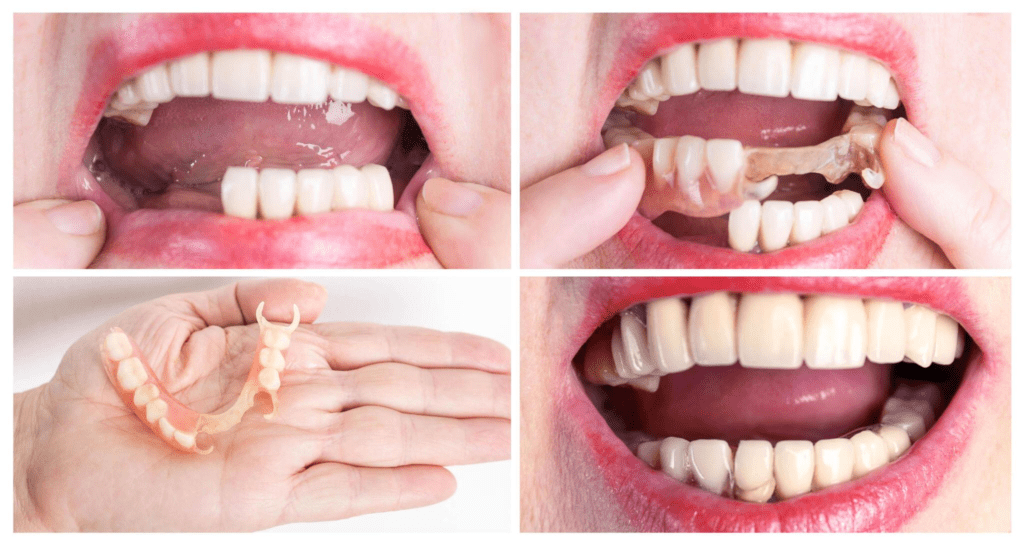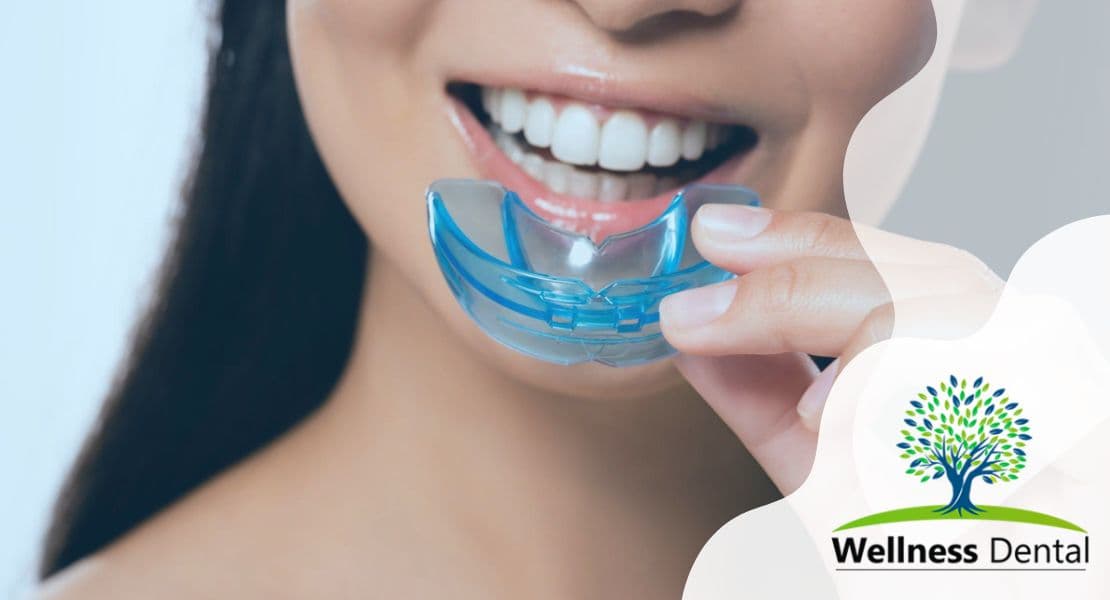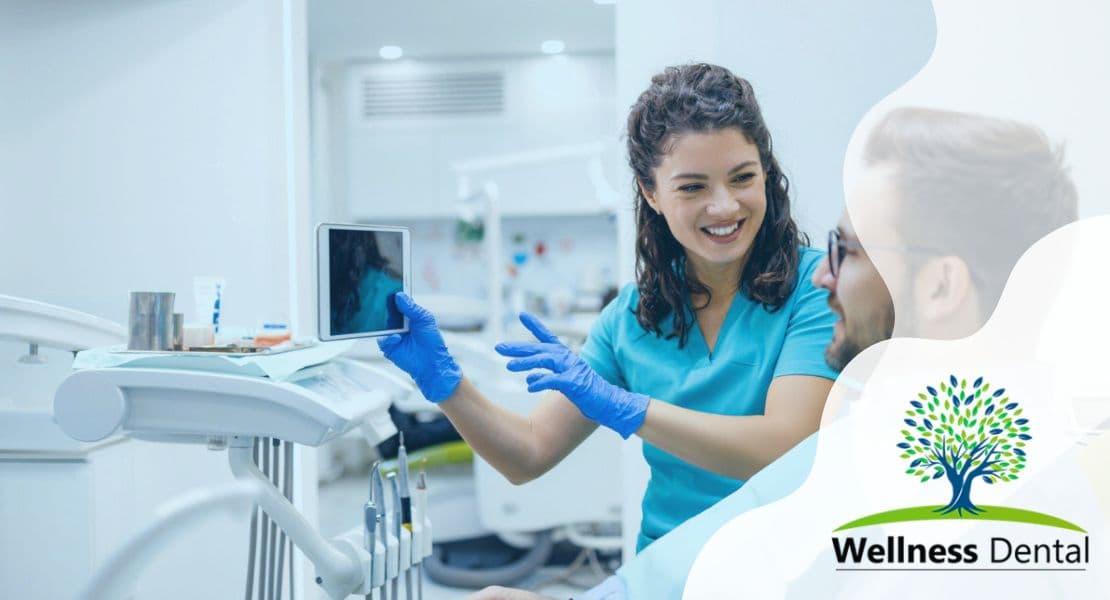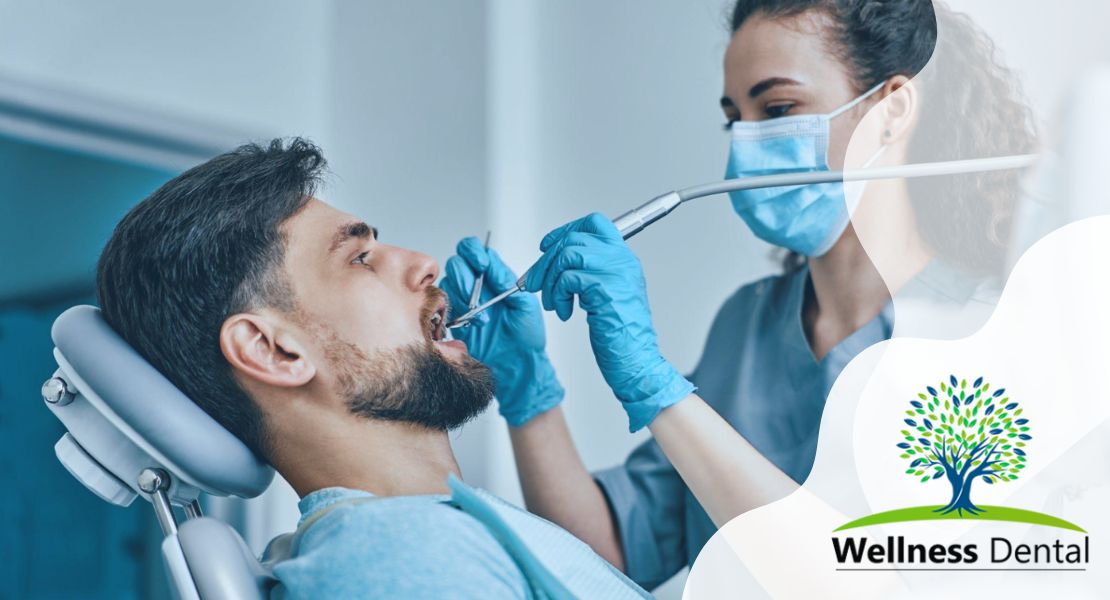KEY DENTURE DISCOVERIES
- Enhanced Comfort and Fit: Flexible dentures use a soft, thermoplastic material offering a more comfortable, precise fit compared to traditional hard acrylic bases.
- Natural Look: Their clear base blends seamlessly with gums, enhancing aesthetic appeal.
- Material Advantages: The thermoplastic material is hypoallergenic, lightweight, and adapts to mouth movements, distributing biting forces evenly.
- Brand Variety: Several brands like Valplast and FlexiLytes offer unique benefits, including resistance to stains and odors.
- Maintenance and Durability: Though offering many advantages, they require diligent care and may have a higher initial cost but provide a durable, long-lasting option with proper maintenance.
What are Flexible Dentures?

Flexible dentures are a type of dental prosthesis designed to provide increased comfort and flexibility compared to traditional dentures. They incorporate unique features and materials that contribute to these benefits.
One key feature of flexible dentures is the soft clear base. Unlike traditional dentures, which typically have a hard and rigid acrylic base, flexible dentures are made from a soft and flexible thermoplastic material. This material is not only more comfortable against the gums, but also allows for a more precise fit, as it can conform to the shape of the individual’s mouth. The soft clear base also blends in seamlessly with the gums, providing a natural and aesthetic appearance.
The thermoplastic material used in flexible dentures is another important aspect. It has a slight flexibility that enables the denture to flex and adapt to the movements of the mouth during biting and chewing. This ensures a better distribution of biting forces, reducing the risk of localized discomfort or damage to the underlying gums.
An additional advantage of flexible dentures is the absence of clips or attachments that are typically used to secure traditional dentures in place. Instead, the flexible nature of these dentures allows them to naturally grip on the existing teeth or gums, eliminating the need for additional attachments. This eliminates potential irritations and sore spots caused by clips or metal components.
Flexible dentures come in different types
There are several types of flexible dentures available on the market, each with their own unique features and materials used for fabrication. Some of the most popular brands include Valplast, FlexiLytes, Flexites, and Sunflex.
Valplast is a well-known brand for flexible dentures and is made from a biocompatible nylon thermoplastic material. This material is not only lightweight and strong but also hypoallergenic, making it suitable for individuals with sensitivities or allergies. Valplast dentures are known for their flexibility, allowing for a comfortable fit and natural-looking smile.
FlexiLytes is another type of flexible denture made from a biocompatible nylon thermoplastic. This material is designed to be stain-resistant, odor-resistant, and durable. FlexiLytes dentures are known for their ability to blend with the natural gum tissue, providing a seamless look.
Flexites dentures are another option made from a biocompatible nylon thermoplastic. These dentures are known for their flexibility, allowing for easy adjustment and insertion. Flexites dentures are also designed to resist fracture and offer a lightweight and comfortable fit.
Sunflex dentures are made from a similar biocompatible nylon thermoplastic material. They are known for their natural gum-like appearance, as well as their flexible and comfortable fit. Sunflex dentures are also designed to be durable and resistant to stains, odors, and plaque build-up.
In summary, flexible dentures such as Valplast, FlexiLytes, Flexites, and Sunflex are all made from a biocompatible nylon thermoplastic material. These dentures are known for their flexibility, comfort, natural appearance, and durability.
Benefits of Flexible Partial Dentures

Firstly, their removable nature provides convenience and ease of use. Unlike fixed dentures, flexible partial dentures can be easily taken out and cleaned. This allows for better oral hygiene and reduces the risk of gum infections or other oral health issues. It also provides the flexibility to remove the dentures during activities such as eating or sleeping, for added comfort.
Secondly, flexible partial dentures offer a soft and comfortable fit. Unlike acrylic dentures, which may feel rigid and bulky in the mouth, flexible dentures are made of a soft and flexible material that adapts to the shape of the gums. This ensures a snug and comfortable fit, reducing discomfort or irritation in the mouth.
Lastly, flexible partial dentures have a longer lifespan compared to acrylic dentures. The material used in flexible dentures is highly durable and resistant to breakage. This means that they are less likely to chip or fracture, providing a longer-lasting solution for patients.
Flexible partial dentures have disadvantages
Flexible partial dentures, while offering certain advantages, also come with several disadvantages and limitations.
One major limitation is their inability to replace all teeth in cases where multiple teeth are missing. Flexible partial dentures are designed to replace a few missing teeth and are not suitable for complete tooth loss. This can be a significant drawback as patients with extensive tooth loss may not be able to benefit from this type of denture.
Another disadvantage is the difficulty in adjustment compared to traditional dentures. Flexible partial dentures are less adjustable and may not provide the same level of comfort and fit as traditional dentures. This can lead to discomfort and irritation, especially during the initial stages of wearing the denture.
Furthermore, flexible partial dentures have lower strength and a shorter lifespan compared to traditional dentures. The flexible material may not withstand the same amount of stress and wear as the harder materials used in traditional dentures. This can result in a reduced lifespan, requiring more frequent replacement.
Strict oral hygiene requirements are also a drawback of flexible partial dentures. The flexible material can retain bacteria and plaque, increasing the likelihood of oral health problems such as gum disease and tooth decay. Therefore, meticulous oral hygiene practices, including daily cleaning and regular dental check-ups, are essential.
Another disadvantage is the potential for color degradation over time. The flexibility of the material can make it prone to discoloration and stains, affecting the appearance of the denture.
Additionally, flexible partial dentures tend to be more expensive compared to traditional dentures. The specialized materials and manufacturing process can contribute to the higher cost, making them less accessible for some patients.
Lastly, flexible partial dentures do not provide the same bite strength as dental implants. While they can restore some level of function, they may not withstand the same biting forces as natural teeth or dental implants. This can limit the types of foods that can be eaten comfortably.
Overall, the disadvantages of flexible partial dentures include limitations in replacing all teeth, difficulty in adjustment compared to traditional dentures, lower strength and shorter lifespan, strict oral hygiene requirements, potential color degradation, higher cost, lack of bite strength compared to dental implants, increased likelihood of bacteria buildup, and the need for experienced dental professionals for fitting and adjustment.
What is the cost of flexible partial dentures?
The cost of flexible partial dentures is influenced by several factors. These include the complexity of the case, the number of teeth being replaced, the materials used, and the geographic location of the dental practice. Dental insurance coverage also plays a role in determining the cost.
Dental insurance plans typically provide coverage for a portion of the cost of flexible partial dentures. However, the percentage of coverage varies depending on the plan. Some plans may provide coverage for a fixed amount, while others may cover a percentage of the cost. It is important for patients to review their insurance plan to understand the extent of coverage available.
The possible price range for flexible dentures can vary from $500 to $2000 per arch. The final cost will depend on the factors mentioned above and any additional procedures required, such as extractions or bone grafting.
CAD/CAM design is a technology used in creating flexible partial dentures. It stands for computer-aided design and computer-aided manufacturing. This advanced technology allows for precise and accurate fabrication of the dentures, resulting in an optimal fit and esthetics. CAD/CAM design ensures that the flexible partial dentures blend seamlessly with the natural teeth, providing a more natural appearance.
Flexible partials offer several advantages over metal partials. They are more comfortable to wear as they are lightweight and flexible. They also adapt better to the shape of the mouth, ensuring a snug fit. Additionally, they do not require metal clasps, which can be visible and cause discomfort. Flexible partials are a popular choice for those seeking a more aesthetically pleasing and comfortable option for tooth replacement.
Tips for cleaning flexible dentures
Cleaning flexible dentures is an essential aspect of maintaining good oral hygiene. Follow the step-by-step process outlined below to effectively clean your flexible dentures.
- Start by carefully removing the denture from your mouth. To avoid any damage or breakage, gently detach the denture from your gums and palate by applying equal pressure on both sides.
- Rinse the denture under cold water to remove any loose food particles or debris. Cold water helps to prevent warping or distortion of the flexible material.
- Apply a small amount of non-abrasive toothpaste to a soft-bristle toothbrush. It is crucial to choose a toothpaste that is specifically formulated for dentures, as regular toothpaste may contain abrasive ingredients that can scratch the surface of the denture.
- Gently brush all surfaces of the denture, including the teeth, gums, and any grooves or crevices. Be thorough but gentle to prevent any damage to the flexible material.
- Once the brushing is complete, rinse the denture thoroughly under warm water to remove all the toothpaste residue. Warm water helps to remove any remaining debris and provide a comfortable sensation when reinserted in the mouth.
- After rinsing, carefully pat dry the denture using a clean towel or soft cloth. Avoid using hot air dryers or placing the denture in direct sunlight, as this can cause distortion.
Are Flexible Dentures Right for You?
Flexible dentures can be a suitable option for individuals with specific needs. They offer a range of benefits, but also come with drawbacks that need to be considered.
One of the major advantages of flexible dentures is their comfort. The flexible material used in their construction allows for a snug fit inside the mouth, minimizing irritation and sore spots. Unlike traditional dentures made from rigid materials, flexible dentures can adapt to the natural movements of the mouth, providing a more comfortable experience for the wearer.
Another advantage is their aesthetics. Flexible dentures are made to match the color of the gums, making them blend seamlessly with the natural appearance of the mouth. This makes them a more discrete option for individuals who are concerned about the esthetic aspect of wearing dentures.
However, there are limitations to consider. Some individuals may have allergies to the materials used in flexible dentures, which can cause discomfort and even allergic reactions. It is important to consult with a dentist and undergo allergy testing before opting for this type of denture.
Additionally, individuals with irregular bone ridges may not be suitable candidates for flexible dentures. These dentures require a certain amount of existing bone structure for support, and irregular bone ridges can affect their stability and fit.
In conclusion, flexible dentures offer benefits such as comfort and aesthetics. However, potential allergies to the materials used and issues with irregular bone ridges are limitations that need to be considered. It is essential to consult with a dental professional to determine if flexible dentures are the right choice for individual needs.
FAQ
Are flexible dentures any good?
Flexible dentures can be a good option for individuals seeking a comfortable and aesthetically pleasing dental appliance. The flexibility of the material used in these dentures allows for a snug fit and minimizes irritation in the mouth. Unlike traditional rigid dentures, flexible dentures can adapt to the natural movements of the mouth, providing a more comfortable experience.
Can you get full flexible dentures?
Flexible dentures are a popular choice for individuals seeking a comfortable and natural-looking dental appliance. The flexible material used in these dentures allows for a snug fit inside the mouth, reducing irritation and sore spots. Unlike traditional rigid dentures, flexible dentures can adapt to the natural movements of the mouth, providing a more comfortable experience for the wearer.
How many teeth can you have on a flexible denture?
When it comes to the number of teeth that can be on a flexible denture, it ultimately depends on individual needs and preferences. Flexible dentures can be customized to replace any number of missing teeth, whether it’s a partial denture to replace a few missing teeth or a full denture to replace an entire arch of teeth.
What are the side effects of flexible dentures?
While flexible dentures offer numerous benefits, such as comfort and aesthetics, there are potential side effects that individuals should be aware of. One common issue is allergies to the materials used in flexible dentures. Some individuals may experience discomfort or allergic reactions due to the components of the denture. It is crucial to consult with a dentist and undergo allergy testing before opting for this type of dental appliance.
Do flexible dentures break easily?
Flexible dentures are often praised for their comfort and aesthetics, but one common concern is whether they break easily. While flexible dentures are made from a softer material compared to traditional rigid dentures, they are still durable and resistant to breaking under normal use. The flexibility of the material allows the denture to withstand the natural movements of the mouth without becoming brittle or prone to fracture.






